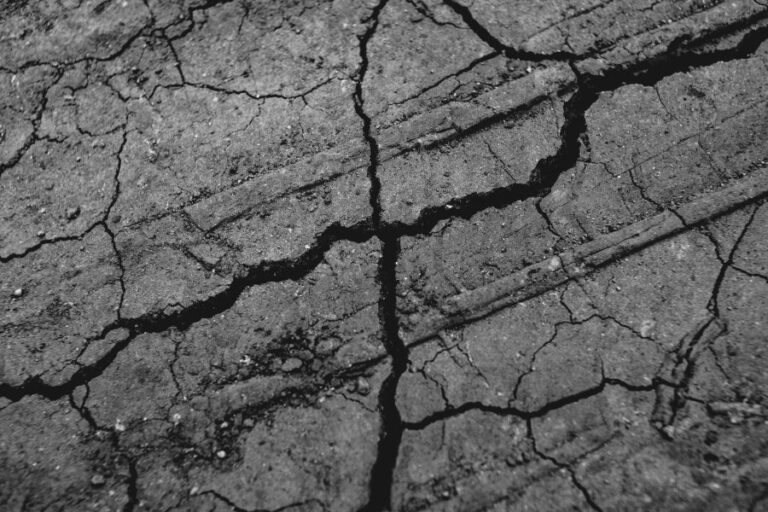A catastrophic earthquake measuring 7.1 on the Richter scale struck Tibet’s Tingri County on January 7, 2025, causing widespread destruction and leaving at least 126 confirmed dead. Over 350 people have been injured, and the toll is expected to rise as rescue teams continue to comb through the wreckage. Many sources within Tibet suggest that the true extent of the devastation could be far worse, with local authorities reporting difficulties in communication due to strict restrictions on information flow.
The earthquake, one of the deadliest to hit China in recent years, sent shockwaves across the region, not only affecting Tibet but also reaching parts of Nepal and northern India. Tremors were felt across much of South Asia, leaving communities in neighboring countries on high alert. The initial jolt occurred early in the morning, sparking panic as buildings crumbled and infrastructure was torn apart.
Rescue operations have been launched in full force, with teams arriving from various regions of China and neighboring countries to assist in the search for survivors. However, the mountainous terrain of Tibet and the remote location of the affected areas are making relief efforts particularly challenging. The roads to the hardest-hit regions are blocked due to landslides and aftershocks, further complicating the delivery of aid and emergency supplies.
The quake has not only devastated families and communities but has also highlighted the vulnerability of the region to such natural disasters. Tibet, a region prone to seismic activity due to its location along the boundary between the Indian and Eurasian tectonic plates, faces significant risks from earthquakes. Many of the buildings and homes in Tingri County were not built to withstand such powerful tremors, contributing to the high number of casualties.
While the exact economic impact remains unclear, the toll on infrastructure, homes, and local businesses is expected to be severe. In addition to the immediate human tragedy, there are concerns about the longer-term challenges the region will face in rebuilding and restoring essential services like healthcare and transportation.
International aid organizations have already begun mobilizing to provide assistance, and efforts are focused on ensuring that the most vulnerable populations, particularly those in remote areas, receive the necessary support. The Chinese government has pledged its commitment to recovering from the disaster, but the road ahead remains uncertain as the region grapples with the aftermath of this tragic event.
This earthquake serves as a stark reminder of the ongoing challenges posed by natural disasters in a region that, despite its isolation and limited resources, continues to bear the brunt of nature’s unpredictability. As rescue efforts intensify and the world watches, the resilience of the people of Tibet will be tested like never before.


